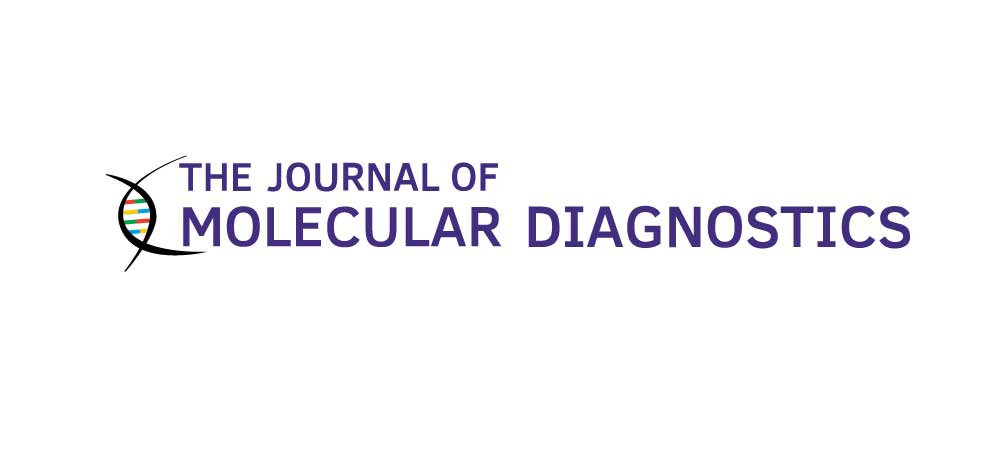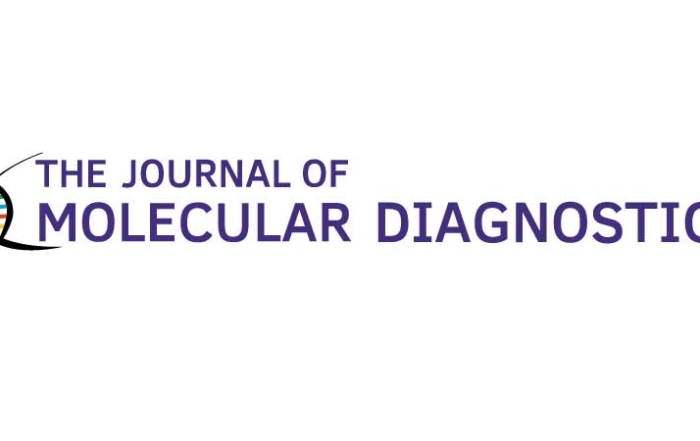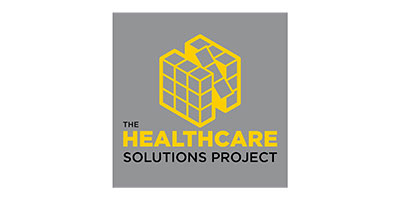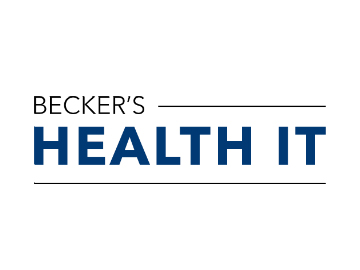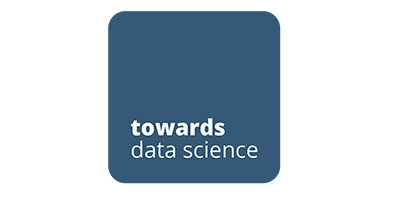![Decode_linkedin-article_Genomics_Option3[44]](https://www.decodehealth.ai/wp-content/uploads/2024/07/Decode_linkedin-article_Genomics_Option344.jpg)
The Power of Public Genomics Databases in Biomarker Discovery
Imagine a world where predicting disease, tailoring treatments, and improving patient outcomes are no longer aspirational goals but everyday realities. The field of genomics holds this potential and is modernizing medicine in ways we could only dream of a decade ago. Public access to genomics data is transforming fields like artificial intelligence (AI), biotechnology, and drug discovery. Decode Health is leveraging publicly available resources to mine a wide range of multiomics and clinical data sources efficiently, developing a best-in-class approach to discover new solutions for detecting, monitoring, and treating diseases more effectively.
Imagine a world where predicting disease, tailoring treatments, and improving patient outcomes are no longer aspirational goals but everyday realities. The field of genomics holds this potential and is modernizing medicine in ways we could only dream of a decade ago. Public access to genomics data is transforming fields like artificial intelligence (AI), biotechnology, and drug discovery. Decode Health is leveraging publicly available resources to mine a wide range of multiomics and clinical data sources efficiently, developing a best-in-class approach to discover new solutions for detecting, monitoring, and treating diseases more effectively.
The Rise of Public Genomics Databases
In recent years, the proliferation of publicly available genomics databases has been groundbreaking. Databases like GenBank, The Cancer Genome Atlas (TCGA), and the 1000 Genomes Project have democratized access to vast amounts of genetic data, serving as invaluable repositories for storing and accessing genetic information. These databases provide raw data that researchers can download and analyze using their tools. On the other hand, platforms such as the Velsera Seven Bridges Core Platform and DNAnexus bridge the gap by storing and accessing data and offering integrated bioinformatics tools for data analysis. These platforms aggregate publicly available data and provide ready-made tools to streamline the discovery process, reducing the time and cost associated with traditional data collection and analysis methods. Additionally, they provide a common framework for groups to exchange proprietary datasets.
The sheer volume and accessibility of public genomic databases have made cutting-edge research possible. The democratization of data allows researchers from around the world, regardless of their funding or institutional support, to access high-quality genomics data to fuel their studies. This accessibility fosters innovation, enabling a wide range of scientists across academia and industry to conduct cutting-edge research and advance our understanding of human health and disease.
Harnessing Big Data for Biomarker Discovery
One of the most exciting applications of these vast genomic datasets is in biomarker discovery. By integrating AI and machine learning (ML) approaches, researchers can analyze large datasets to identify potential biomarkers—molecular indicators of disease. This allows for the identification of biological patterns that would be impossible to discern manually, opening new avenues for diagnostic and therapeutic applications.
AI and ML algorithms excel at handling large and complex datasets, making them ideal for genomics research. Deep learning techniques can be used to analyze next-generation sequencing data, such as RNA-sequencing, to identify differentially expressed genes in diseased versus healthy tissues. These differentially expressed genes can be studied further to determine their potential use as biomarkers for disease diagnosis, prognosis, or therapy. AI and ML approaches can identify the optimal set of biomarkers that can be measured and analyzed for accurate detection and prediction of disease outcomes, enhancing the precision and effectiveness of medical diagnostics and treatment plans.
The 1000 Genomes Project provides a comprehensive resource of human genetic variation, offering insights into population genetics, disease associations, and evolutionary biology. By making these data publicly available, the project has enabled countless studies that deepen our understanding of human health and disease.
The NHLBI Trans-Omics for Precision Medicine (TOPMed) program demonstrates the successful identification of blood, lung, and heart disease markers using publicly available data (citations 1-4). This initiative combined genomic, proteomic, and clinical data to uncover insights into the biological mechanisms of disease. Integrating diverse data types allowed for a more comprehensive understanding of disease processes, leading to more accurate and reliable biomarker identification. The TOPMed program has led to the discovery of novel genetic variants associated with various diseases, paving the way for new diagnostic tests and therapeutic targets.
Researchers have also used publicly available, integrated omics datasets to identify overexpressed proteins in cancer cells, which can serve as targets for new therapies or indicators of disease progression. In addition, studies utilizing data from TCGA have identified numerous protein-coding genes and non-coding RNAs that play critical roles in cancer development and progression (citations 5-7). These discoveries can revolutionize cancer diagnostics and treatments, leading to more personalized and effective healthcare solutions.
Challenges and Considerations
While the potential of public genomics databases is immense, significant challenges remain. Data quality and standardization are critical issues, as variability in data collection methods can hinder the integration and analysis of these datasets. Additionally, inconsistencies across different databases can introduce biases, as the data may not be collected uniformly or be representative of the populations they aim to reflect. Bioinformatics tools play a crucial role in addressing these challenges, but they require expertise and rely on standardization to function properly. Off-the-shelf tools may not always provide tailored solutions or be broadly applicable, highlighting the need for specialized skills in bioinformatics.
Ethical and privacy concerns also come to the forefront when dealing with genomic data. Ensuring the privacy and security of individuals’ genetic information is paramount. Researchers and institutions must navigate these concerns carefully, adhering to stringent ethical guidelines and privacy laws to maintain public trust and safeguard personal data, especially in the face of recent cybersecurity breaches. For example, Velsera ’s Seven Bridges Core Platform provides a robust data security strategy to protect all data throughout its lifecycle. This strategy includes end-to-end encryption for data at rest, in transit, and during computation. Key security features of the platform include secure user authentication, two-factor authentication, and client-side encryption.
TCGA ensures the security and privacy of genomic data through several comprehensive measures. Controlled access data is stored and managed with stringent security protocols to prevent unauthorized access. This includes compliance with the Health Insurance Portability and Accountability Act (HIPAA) and other relevant regulations to ensure participant confidentiality and data integrity. Platforms like Velsera and DNAnexus , which can access TCGA, facilitate compliance and ensure data governance and provenance. By leveraging such platforms, users can connect to third-party data sources like TCGA in a secure, standardized environment, effectively addressing data quality, standardization, and security challenges.
Future Prospects
Looking ahead, the future of biomarker discovery is promising, driven by the synergy of public databases and advanced analytics. Innovations on the horizon include more sophisticated AI algorithms capable of handling even larger and more complex datasets, leading to faster and more accurate biomarker identification. Future advancements may also see the development of AI algorithms capable of real-time genomic data analysis, which would revolutionize point-of-care diagnostics. Additionally, the integration of generative AI could enable efficient querying and sifting through vast databases, significantly enhancing the speed and accuracy of data interpretation. The collaborative potential of these resources cannot be overstated. Interdisciplinary collaboration, bringing together experts from genomics, AI, bioinformatics, and clinical research, will be crucial to fully realize the potential of these resources.
Conclusion
Publicly available genomics databases are revolutionizing biomarker discovery, opening new avenues for research and innovation. Integrating AI and ML with these datasets is uncovering novel biomarkers and paving the way for more personalized and effective treatments that would not be possible with manual data analysis. However, data quality, standardization, and privacy challenges must be addressed to harness the full potential of these resources.
As we continue to explore these vast databases, the possibilities for improving human health are endless. Decode Health encourages you to dive into these resources, explore their potential, and consider the implications for your field of work. The future of medicine is here, and it’s genomically powered.
Works Cited
1. Tang W, Teichert M, Chasman DI, et al. A genome-wide association study for venous thromboembolism: the extended Cohorts for Heart and Aging Research in Genomic Epidemiology (CHARGE) Consortium. Genet Epidemiol. 2013;37(5):512-521. doi:10.1002/gepi.21731
2. Li J, Lange LA, Duan Q, et al. Genome-wide admixture and association study of serum iron, ferritin, transferrin saturation and total iron binding capacity in African Americans. Hum Mol Genet. 2015;24(2):572-581. doi:10.1093/hmg/ddu454
3. Vasan RS, Larson MG, Aragam J, et al. Genome-wide association of echocardiographic dimensions, brachial artery endothelial function and treadmill exercise responses in the Framingham Heart Study. BMC Med Genet. 2007;8(Suppl 1):S2. doi:10.1186/1471-2350-8-S1-S2
4. Dehghan A, Bis JC, White CC, et al. Genome-Wide Association Study for Incident Myocardial Infarction and Coronary Heart Disease in Prospective Cohort Studies: The CHARGE Consortium. PLoS One. 2016;11(3):e0144997. doi:10.1371/journal.pone.0144997
5. McLendon R, Friedman A, Bigner D, et al. Comprehensive genomic characterization defines human glioblastoma genes and core pathways. Nature. 2008;455(7216):1061-1068. doi:10.1038/nature07385
6. Zhang Y, Tao Y, Ji H, et al. Genome-wide identification of the essential protein-coding genes and long non-coding RNAs for human pan-cancer. Bioinformatics. 2019;35(21):4344-4349. doi:10.1093/bioinformatics/btz230
7. Bell D, Berchuck A, Birrer M, et al. Integrated genomic analyses of ovarian carcinoma. Nature. 2011;474(7353):609-615. doi:10.1038/nature10166

